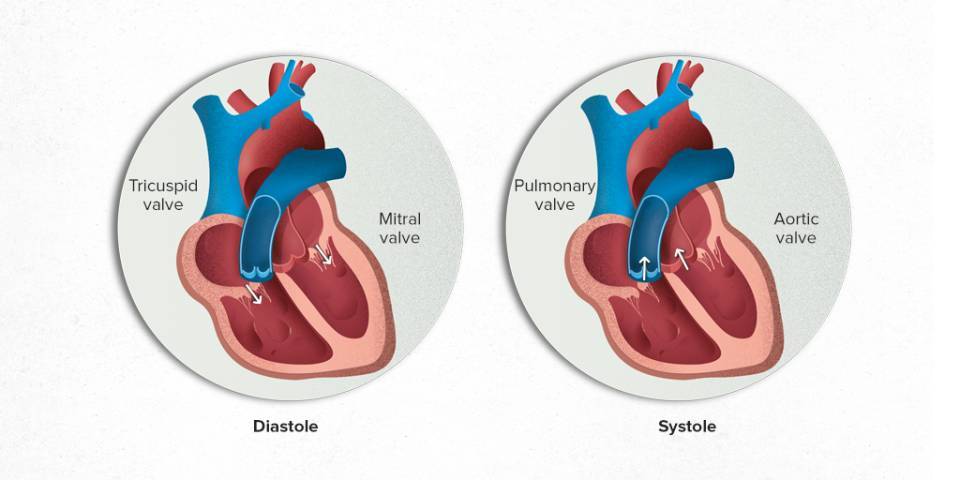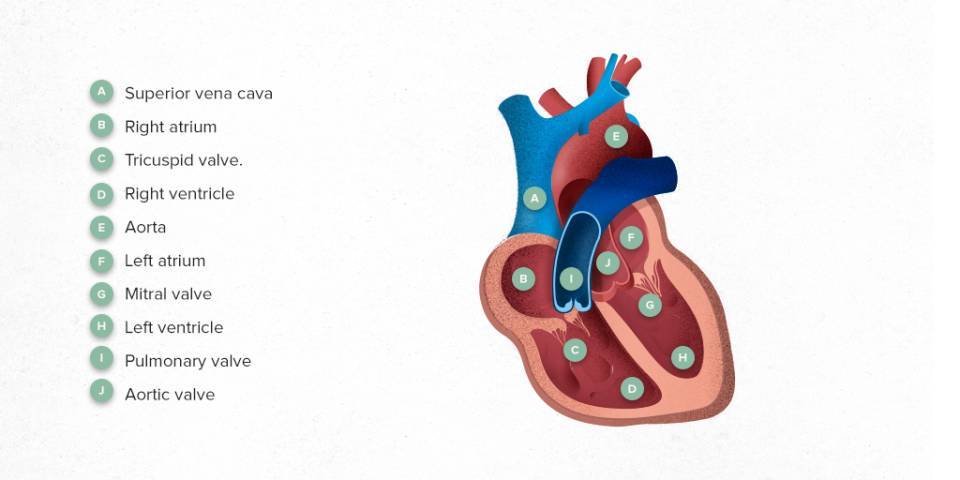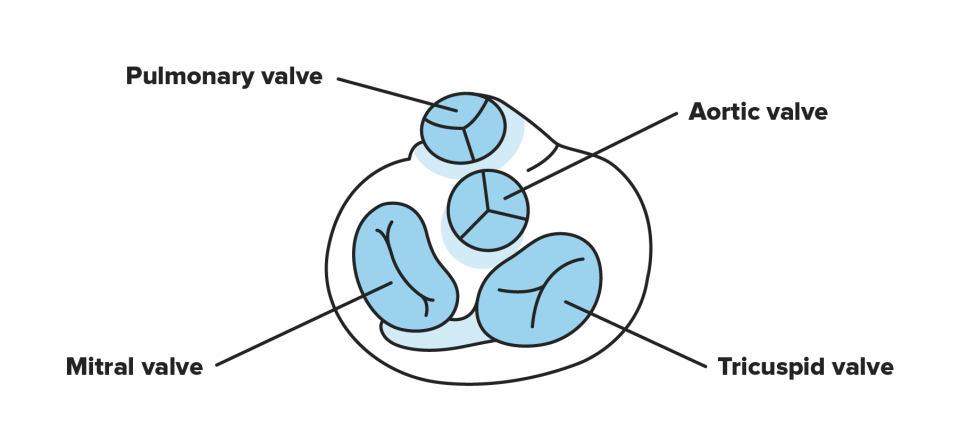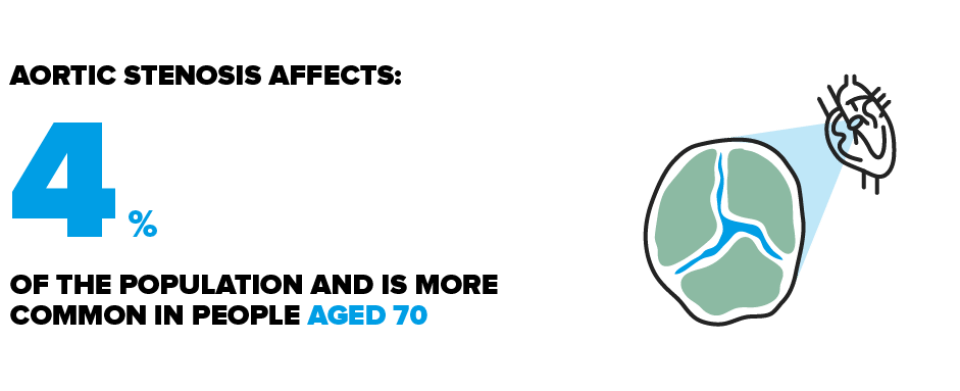Substantiated information by:

Ander Regueiro Cueva
Cardiologist

Bárbara Vidal Hagemeijer
Cardiologist

César Bernadó
Nurse
Cardiology Service

Daniel Pereda
Cardiovascular Surgeon
Cardiovascular Surgery Department
Published: 23 January 2020
Updated: 23 January 2020
The donations that can be done through this webpage are exclusively for the benefit of Hospital Clínic of Barcelona through Fundació Clínic per a la Recerca Biomèdica and not for BBVA Foundation, entity that collaborates with the project of PortalClínic.
Subscribe
Receive the latest updates related to this content.
Thank you for subscribing!
If this is the first time you subscribe you will receive a confirmation email, check your inbox
An error occurred and we were unable to send your data, please try again later.





